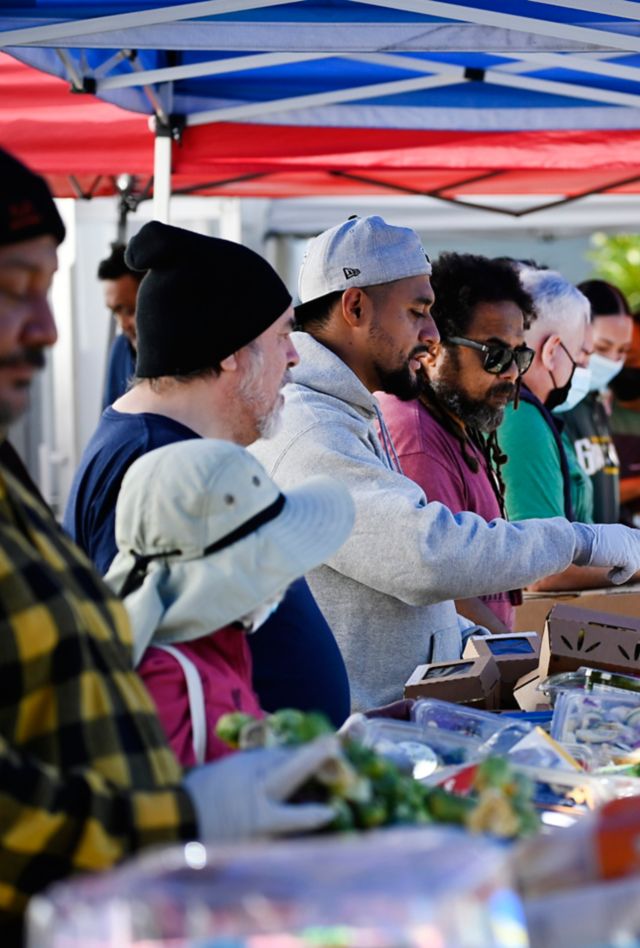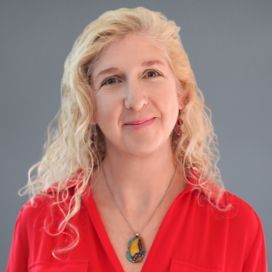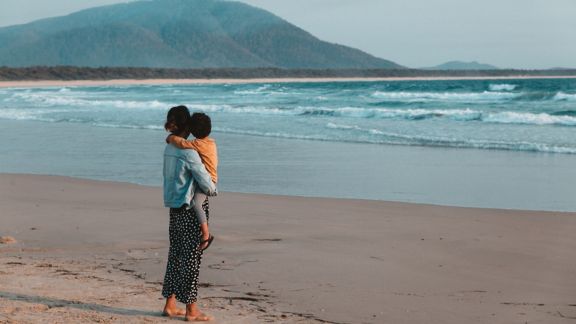Neighbor-to-Neighbor: Building Community Resilience in California

Problem
Preparing for natural disasters requires strong neighborhood connections to ensure rapid recovery and reduce public costs.
California faces an increasing frequency of devastating natural disasters, from catastrophic wildfires to flooding, extreme heat, and drought. Research consistently shows that communities with strong neighborhood connections and social cohesion recover faster and more completely from disasters, reducing both human suffering and taxpayer burden. However, identifying which neighborhoods are most vulnerable—both environmentally and socially—and developing tailored engagement strategies to strengthen community ties requires sophisticated data analytics and evidence-based communication approaches.
Building upon a COVID-era effort to reach neighbors in need, California Volunteers (CV) sought to expand their Neighbor-to-Neighbor initiative to build community resilience in areas at risk for climate related natural disasters. They needed a methodologically rigorous approach to reaching into neighborhoods at greatest need. NORC supported CV by identifying and engaging residents in 100 neighborhoods with limited resources and high disaster risk, supporting their hyperlocal efforts to strengthen connections at the ZIP code level.
Solution
NORC developed interactive mapping tools and audience segmentation strategies to target and engage vulnerable communities.
NORC created a comprehensive, data-driven approach to identify and engage California’s most vulnerable neighborhoods:
- We built a web-based Geographic Information Systems (GIS) mapping tool that combined diverse datasets into a single index variable to precisely rank neighborhood vulnerability at the ZIP code level. This innovative index integrated environmental risk factors (including the California Integrated Climate Adaptation Resiliency Program), social vulnerability metrics (from the CDC), mental health indicators, internet access, and demographic data to identify communities most at risk.
- After identifying over 100 high-priority ZIP codes, we conducted an in-depth web survey of 1,098 residents in these areas, collecting data in both English and Spanish. The survey examined neighborhood connections, social cohesion, willingness to volunteer, and barriers to community engagement.
- We developed a psychographic segmentation using sophisticated K-means cluster analysis that identified five distinct audience groups with different attitudes, motivations, and barriers to neighborhood engagement. This segmentation allowed for highly targeted, culturally responsive communication strategies for each group.
- We delivered actionable recommendations to communication partners who developed evidence-based materials and messaging to increase neighborhood resilience and encourage volunteerism in these high-risk communities.
Result
California now has precise tools to target disaster preparedness efforts and tailored strategies to strengthen community bonds.
Our research provided CV with precision methods for targeting their community resilience efforts:
- The GIS mapping tool delivered a ranked index of all California ZIP codes, allowing resources to be directed to communities with both high disaster risk and limited social resources for recovery.
- Our segmentation analysis identified five distinct audience profiles, each requiring different engagement approaches:
- “Uninvested, but Wants Connections”
- “Active, but in Good Neighborhoods”
- “Fearful, but Not Heartless”
- “Friendly, but Unwilling to Help”
- “Quiet, but Hard Workers”
- Survey findings revealed both challenges and opportunities:
- While 29 percent of residents rated their neighborhood connections as fair or poor and 21 percent often feel isolated, 80 percent expressed willingness to work together to improve their neighborhood.
- More than a third (36 percent) of survey respondents rated their community connections as excellent. However, nearly a third (29 percent) reported their neighborhood as fair or poor.
- Most respondents (75 percent) believe their neighbors would help them in an emergency, yet 70 percent are either unsure or agree that others in their neighborhood don’t care about them.
- In many cases, ZIP codes with the highest risk were more diverse than the state average, with higher proportions of Black, Hispanic/Latino, and Asian residents.
- Environmental vulnerabilities varied by region, with some areas facing significant flood risks while others were more vulnerable to wildfire or extreme heat.
- The insights from our GIS mapping and segmentation analysis enabled CV to develop targeted communication strategies for specific audience groups within high-risk neighborhoods, fostering connections that help communities prepare for, respond to, and recover from disasters.
NORC’s methodology provides a replicable framework that can be adapted nationally, and for other states and localities seeking to build neighborhood resilience in the face of increasing natural disasters.
Related Tags
Project Leads
-
Alyssa Ghirardelli
Principal Research ScientistPrincipal Investigator -
Peter Herman
Senior Research MethodologistResearch Methodologist








